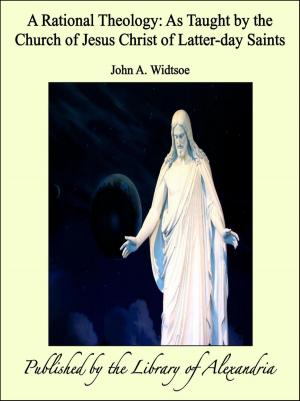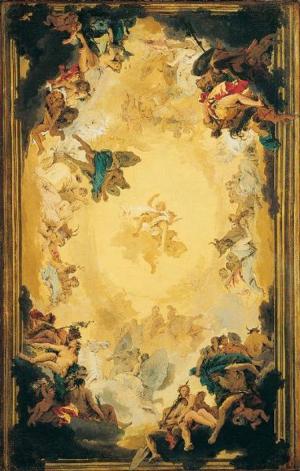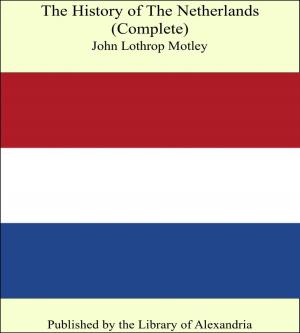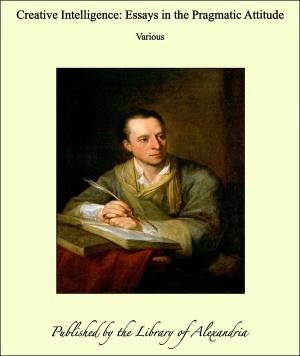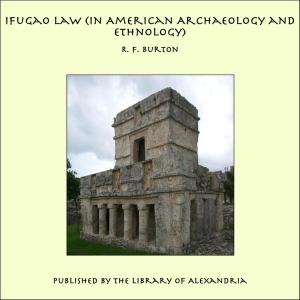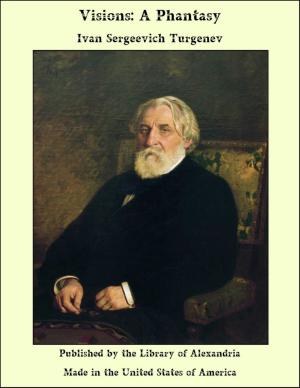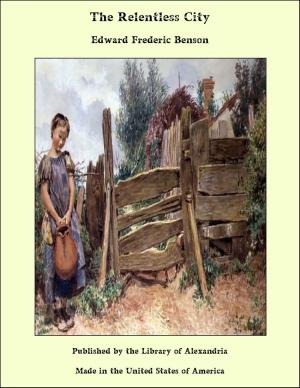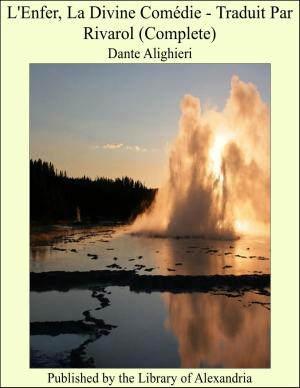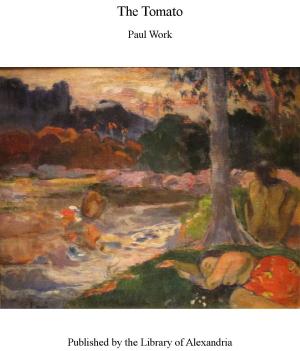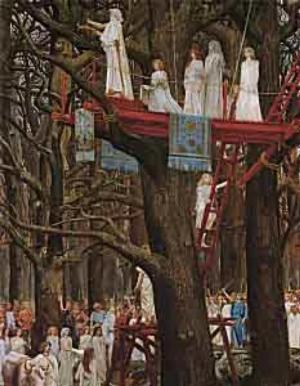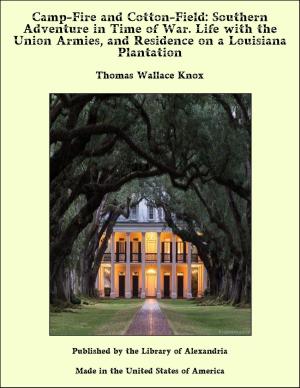Christopher Columbus and How He Received and Imparted the Spirit of Discovery
Nonfiction, Religion & Spirituality, New Age, History, Fiction & Literature| Author: | Justin Winsor | ISBN: | 9781465574602 |
| Publisher: | Library of Alexandria | Publication: | March 8, 2015 |
| Imprint: | Language: | English |
| Author: | Justin Winsor |
| ISBN: | 9781465574602 |
| Publisher: | Library of Alexandria |
| Publication: | March 8, 2015 |
| Imprint: | |
| Language: | English |
In 1502 there were copies made in book form, known as the Codex Diplomaticus, of these and other pertinent documents, raising the number from thirty-six to forty-four. These copies were attested at Seville, by order of the Admiral, who then aimed to place them so that the record of his deeds and rights should not be lost. Two copies seem to have been sent by him through different channels to Nicoló Oderigo, the Genoese ambassador in Madrid; and in 1670 both of these copies came from a descendant of that ambassador as a gift to the Republic of Genoa. Both of these later disappeared from its archives. A third copy was sent to Alonso Sanchez de Carvajal, the factor of Columbus in Española, and this copy is not now known. A fourth copy was deposited in the monastery of Las Cuevas, near Seville, to be later sent to Father Gorricio. It is very likely this last copy which is mentioned by Edward Everett in a note to his oration at Plymouth (Boston, 1825, p. 64), where, referring to the two copies sent to Oderigo as the only ones made by the order of Columbus, as then understood, he adds: "Whether the two manuscripts thus mentioned be the only ones in existence may admit of doubt. When I was in Florence, in 1818, a small folio manuscript was brought to me, written on parchment, apparently two or three centuries old, in binding once very rich, but now worn, containing a series of documents in Latin and Spanish, with the following title on the first blank page: 'Treslado de las Bullas del Papa Alexandro VI., de la concession de las Indias y los titulos, privilegios y cedulas reales, que se dieron a Christoval Colon.' I was led by this title to purchase the book." After referring to the Codice, then just published, he adds: "I was surprised to find my manuscript, as far as it goes, nearly identical in its contents with that of Genoa, supposed to be one of the only two in existence. My manuscript consists of almost eighty closely written folio pages, which coincide precisely with the text of the first thirty-seven documents, contained in two hundred and forty pages of the Genoese volume."
In 1502 there were copies made in book form, known as the Codex Diplomaticus, of these and other pertinent documents, raising the number from thirty-six to forty-four. These copies were attested at Seville, by order of the Admiral, who then aimed to place them so that the record of his deeds and rights should not be lost. Two copies seem to have been sent by him through different channels to Nicoló Oderigo, the Genoese ambassador in Madrid; and in 1670 both of these copies came from a descendant of that ambassador as a gift to the Republic of Genoa. Both of these later disappeared from its archives. A third copy was sent to Alonso Sanchez de Carvajal, the factor of Columbus in Española, and this copy is not now known. A fourth copy was deposited in the monastery of Las Cuevas, near Seville, to be later sent to Father Gorricio. It is very likely this last copy which is mentioned by Edward Everett in a note to his oration at Plymouth (Boston, 1825, p. 64), where, referring to the two copies sent to Oderigo as the only ones made by the order of Columbus, as then understood, he adds: "Whether the two manuscripts thus mentioned be the only ones in existence may admit of doubt. When I was in Florence, in 1818, a small folio manuscript was brought to me, written on parchment, apparently two or three centuries old, in binding once very rich, but now worn, containing a series of documents in Latin and Spanish, with the following title on the first blank page: 'Treslado de las Bullas del Papa Alexandro VI., de la concession de las Indias y los titulos, privilegios y cedulas reales, que se dieron a Christoval Colon.' I was led by this title to purchase the book." After referring to the Codice, then just published, he adds: "I was surprised to find my manuscript, as far as it goes, nearly identical in its contents with that of Genoa, supposed to be one of the only two in existence. My manuscript consists of almost eighty closely written folio pages, which coincide precisely with the text of the first thirty-seven documents, contained in two hundred and forty pages of the Genoese volume."


